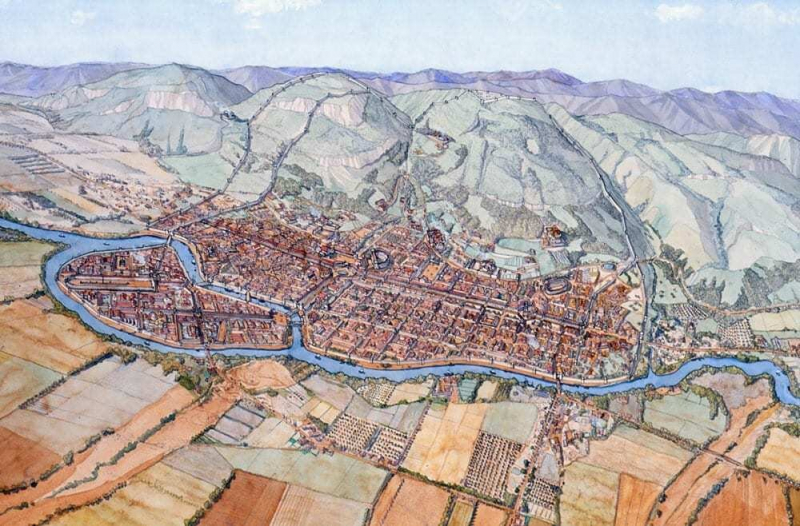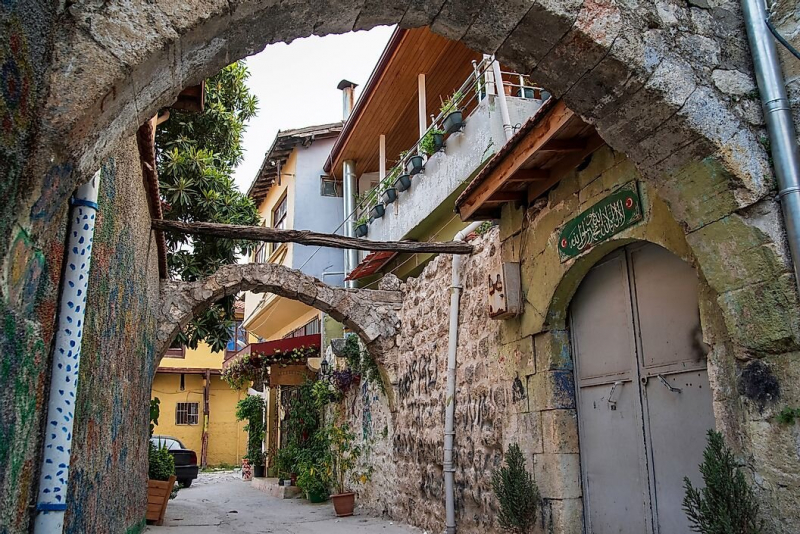Antioch
The battles among Alexander's generals soon after his death tore his huge kingdom apart. Seleucus I Nicator, Diadochi's most successful member (Victor). Seleucus was the one who established Antioch in 301 BCE. The capital of the newly established Seleucid Empire, which was situated at the Orontes River in a lush valley close to the Mediterranean Sea, quickly rose as one of the most important cities of Ancient Rome. Due to its advantageous location at the western end of the Silk Road, which attracted traders, artists, and craftspeople, Antioch became wealthy. The affluent and powerful loved to escape to the vacation town of Daphne, which was built midway between the city and its harbor during the Seleucid and later Roman periods. One of the main places of pilgrimage was the huge temple of Pythian Apollo, which was located in the Daphne gardens.
Following Antioch's annexation by Pompey the Great in 64 BCE, the former Seleucid capital maintained its status as the third-largest ancient Roman city and the administrative hub of the Roman East. Antioch was further enhanced throughout the imperial era with public structures including the baths, amphitheater, and the magnificent hippodrome, which could accommodate up to 80 000 people. Emperors of Rome frequently traveled to Antioch, favoring it above more remote Alexandria. Antioch's prominence was furthered by its proximity to the eastern border, which also put the city and its residents in peril. The Sassanid Persians repeatedly invaded and plundered Antioch throughout its history.
Natural calamities were also a threat to the city. There have been at least five significant earthquakes that have affected Antioch since the first one that was noted, in 187 BCE. By late antiquity, Antioch was one of the major centers of Christianity, with its splendid churches drawing travelers from all over the Empire. The damage was manageable. The city began to fall in the sixth century when a string of disasters, including a large fire, earthquakes, a Persian invasion, and a disease, drastically reduced its population. Midway through the seventh century, the Arabs took control of the city, which was thereafter fought during the early middle ages by the Byzantine Empire and the Arab Caliphates. The joint efforts of the Byzantine and Crusader forces allowed Antioch to once again come under Christian rule in 1098. The only time the Byzantine Empire came close to conquering it was during the short reign of the emperor Manuel Komnenos in the late 12th century. The location is now renowned for its magnificent Roman mosaic flooring.
















